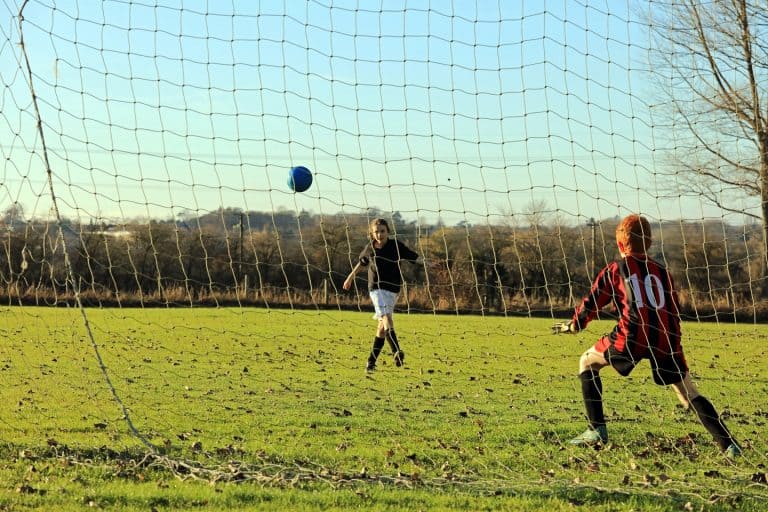Parent partially liable for childs brain and spinal injuries
The case is Hughes v The Estate of Dayne Joshua Williams (Deceased) and Anor [2012] EWHC 1078.
The facts
On the evening of 19 August 2006, Louise Williams was driving home along the A528 road near Wrexham, in North Wales. Her daughter Emma, aged three years, two months, was with her in the car.
On the rear offside seat of her car, Ms Williams had fitted a Mamas & Papas 5-point harness child restraint seat. On the nearside rear seat, she had also fitted what is called a Graco booster cushion. This cushion is intended for children who have outgrown forward-facing child seats with harness assistance. The booster cushion is designed to raise the child so that the vehicle seatbelt (designed for adults) will fit properly over the child’s shoulder. The cushion in question did not have back support but did have arm rests on each side.
On the evening of the accident, Emma was seated on the booster cushion restrained by the adult seat belt adjusted to shoulder height.
The defendant, Dayne Williams, was 18 at the time of the accident. He was driving along the road in the opposite direction and lost control of his car, which swerved into the path of Ms Williams’ car. It is clear that there was nothing she could have done to have avoided the accident. It is accepted on the defendant’s behalf that he was entirely to blame for the accident.
The tragic consequences of the accident were the death of the defendant, and severe injuries to the child, Emma.
Emma was air lifted to hospital in Wrexham and was hospitalised thereafter for some six months. Emma suffered serious multiple injuries including a brain injury and severe spinal injuries.
The issues between the parties was whether Ms Williams was in breach of her duty of care to Emma in restraining her on the Graco cushion rather than in the Mamas & Papas seat, and whether it is just and reasonable that she should contribute to the damage.
The question was would Emma’s injuries have been (a) entirely or virtually entirely avoided or (b) a good deal less severe, or (c) about the same, had she been secured in the Mamas & Papas seat?
It was not in dispute that a duty of care is owed by a parent to her (or his) child to take reasonable steps to ensure that the child is secured with an appropriate seat restraint when travelling in a car. So was the placing of Emma in the booster seat rather than the child seat, a reasonable choice at the time?
The instructions for the Graco booster cushion stipulated use only by children who were approximately 4 to 10 years old, and were between 101 and 145cm in height. Emma did not qualify in either of these respects, since her age was 3 years 2 months, and her height was 93cm.
The warning on the Graco booster cushion reads that “FAILURE TO USE booster seat in a manner appropriate for your child’s size may increase risk of serious injury or death. To use this Graco booster seat, your child MUST meet ALL of the following requirements”.
The engineering experts agreed that the 5-point harness was the most appropriate child restraint for the Claimant and that Emma did not meet the requirements for the Graco booster cushion.
The Judge accepted that manufacturers’ instructions should not be blindly treated as determinative of liability questions; however the instructions could not have been more explicit, both as to requirements for use, and consequences in case of misuse.
The judge concluded that it was negligent to place Emma on the Graco booster seat. The harness seat was available for use in the car.
The question was whether Emma’s injuries would have been (a) entirely or virtually entirely avoided or (b) a good deal less severe, or (c) about the same, had she been secured in the harness seat.
The Judge concluded that on the evidence, on the balance of probabilities that if seated in the child seat, Emma’s injuries would largely have been avoided. Therefore he concluded that the evidence establishes that the booster cushion should not have been used, that the child seat should have been used, and that if it had been, the injuries sustained in the accident would largely have been avoided. He therefore found that Emma’s mother was 25% liable for Emma’s injuries.
This is a tragic case and a terrifying judgement for any parent. I am sure this will be a shock to many parents who had not realised just how important it is to make sure that the correct type of child car seat is used and the difference it can make. It will be interesting to see whether Ms Williams appeals.
For more information about making a compensation claim on behalf of a child please contact Cheryl Abrahams.
Cheryl is a personal injury solicitor with extensive experience in cases involving life changing injuries including brain injury. Cheryl is passionate about representing children who have suffered brain injuries.
Bolt Burdon Kemp also have over 25 years of experience working on spinal injury claims, taking on cases for both adults and children.










